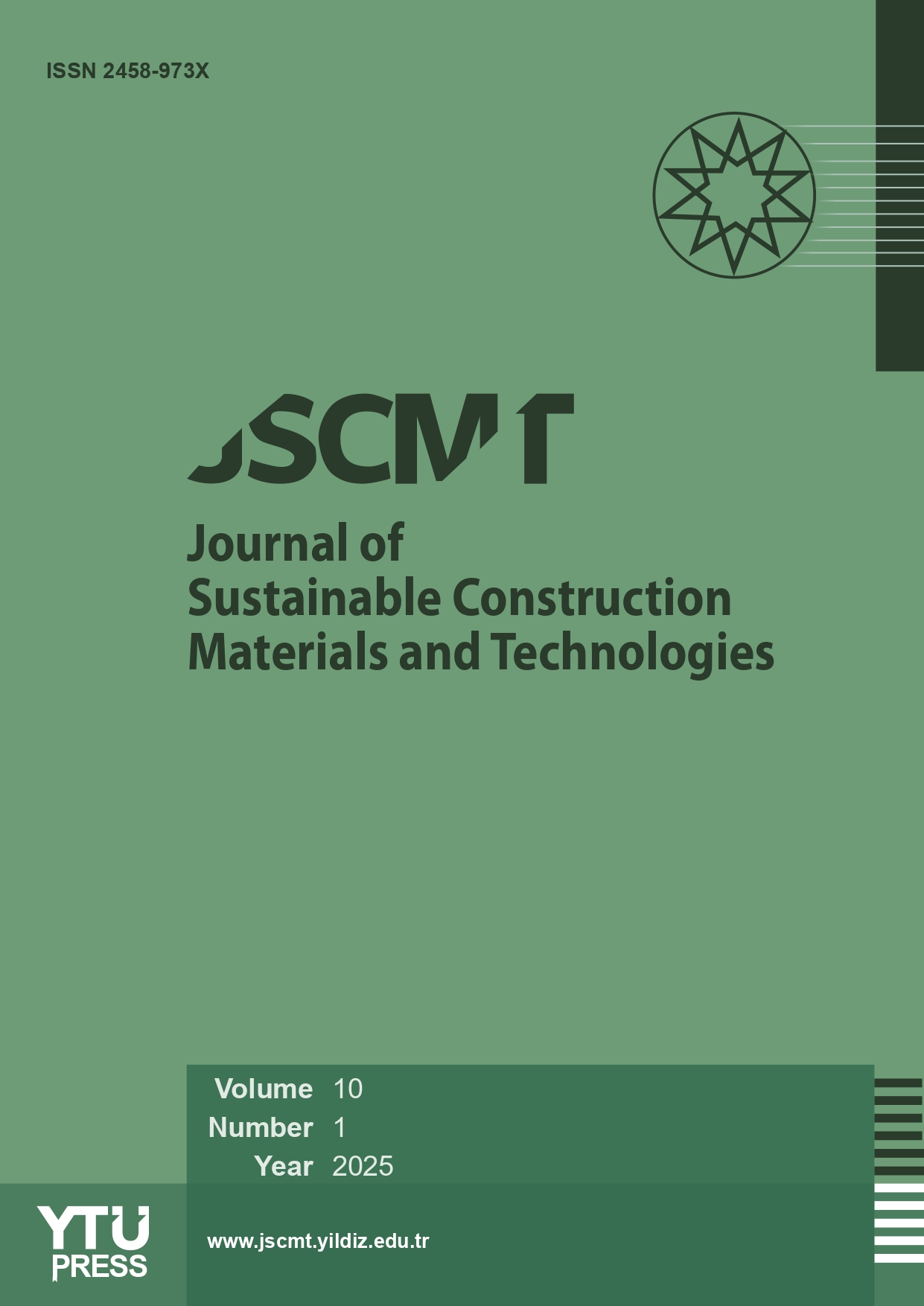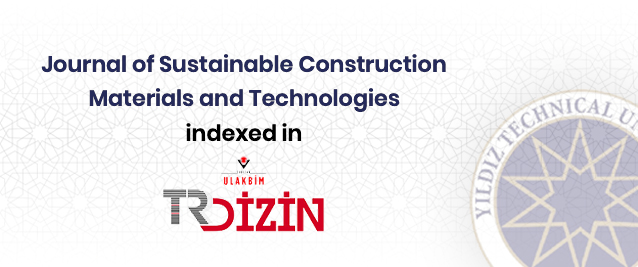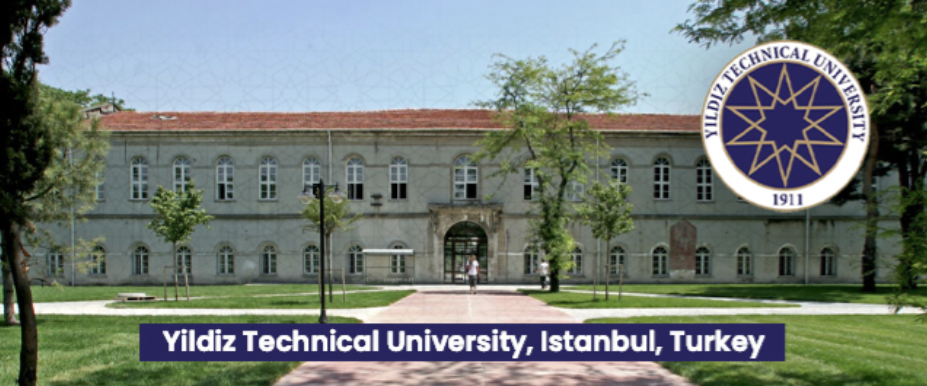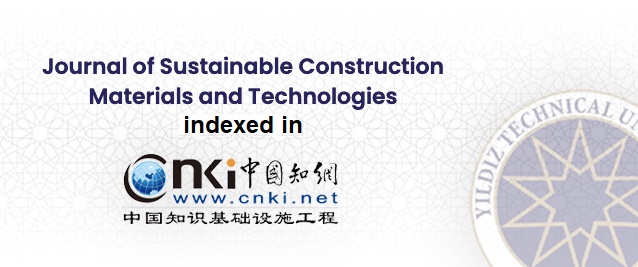2Department of Civil Engineering Science, University of Johannesburg, Johannesburg, South Africa
3Department of Civil Engineering, University of South Africa, Florida Campus, South Africa
4Department of Mechanical Engineering Science, University of Johannesburg, Johannesburg, South Africa
Abstract
In recent years, there has been a surge in interest in developing novel materials for sustainable building construction made from renewable resources. Using natural fibers in concrete reinforcement, as opposed to agricultural waste, has significant environmental benefits in reducing the environmental repercussions of the continuous dumping and land filling of massive amounts of agricultural waste in overburdened landfill sites. Banana peel fiber (BPF) and orange peel fiber (OPF) are common agro-wastes with a long history of use in concrete as an additive or a cement substitute. However, their efficiency and performance in terms of reinforcement must be assessed. Based on recent findings, the characteristics, fresh and hardened state structural performance of BPF and OPF as composite materials in sustainable concrete manufacturing are reviewed in this study. For quality concrete reinforcing, it was discovered that OPF and BPF have good surface areas and low specific gravity. For quality concrete reinforcing, it was discovered that OPF and BPF have good surface areas and low specific gravity. BPF and OPF, on the other hand, have significant pozzolanic binding properties of up to 97.3 %. This allows them to act as binders and supplement the high strength yielding in concrete. Furthermore, using BPF in concrete enhanced workability, consistency, compressive and tensile strengths, and setting times by 21.1 %, 48.64 %, 46 %, 52.5 %, and 47.37 %, respectively, whereas the use of OPF raised concrete density by 5.34 %. This indicated that both BPF and OPF had much potential for producing high-quality concrete. Using BPF and OPF to reinforce concrete and composites against flexural deflection, heat transmission, and modulus of elasticity significantly increase concrete strength in terms of cracking, deflection, creep, and shrinkage. The inclusion of orange and banana peels in concrete was found to improve the structural qualities of the concrete significantly; thus, they can be employed as supplementary materials in manufacturing concrete. Finally, this study identifies new approaches for achieving the much-anticipated biodegradability and sustainability of natural fiber-reinforced composites for use in various concrete reinforcing applications.
















